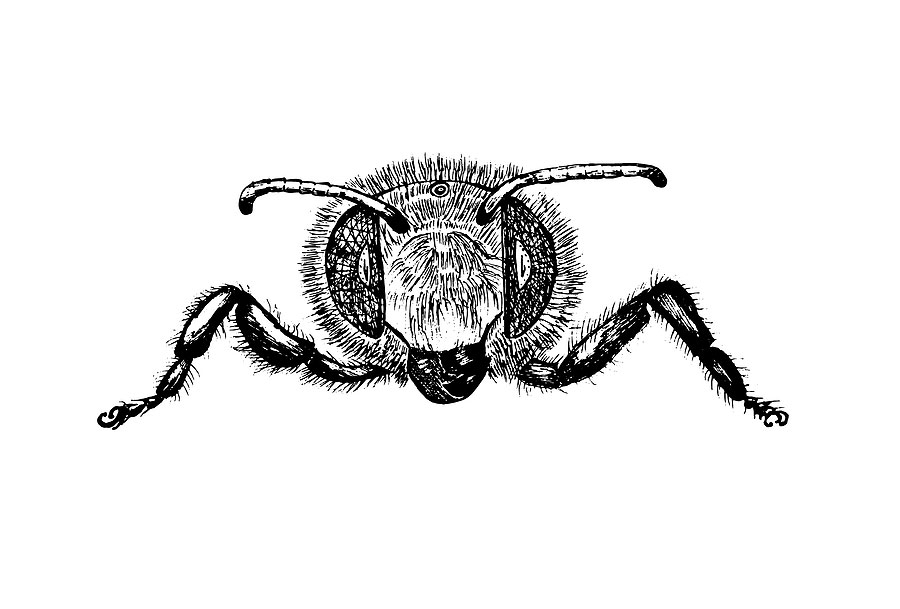Save the Bees
“BEE-CAUSE” we have too! Our campaign is to help more Bees survive and thrive….
We must do as much as we can to save the bees who have been having difficulties surviving in certain parts of the world . My "Save the Bees" campaign will donate 8% of all sales to various bee organizations. Every little bit of effort counts, even planting some of your own flowers helps a bee!
Part of your purchase will make a difference for the bees and other wild pollinators. These little workers are so essential for our natural world, but they are dropping in numbers every year.
Fun Bee Facts for Kids … And Adults ...
- Bees are found all over the world except the Antarctica.
- Bees feed on pollens and nectar from flowering plants.
- Do you know there are more than 20,000 species of bees?
- They have a long and complex tongue that helps them to obtain the nectar from the flowers.
- Most bees live together in colonies. A colony has a queen, many worker bees (all females) and male bees. Each worker bee has a job to do. The worker bees are divided into different groups each with its own task.
- Male bees are called drones. They live in the colony in spring and summer but are kicked out before winter.
- The hexagonal structure in hives is called a comb.
- Some worker bees produce the wax which is used to build the combs.
- Bees mix little bit of honey with the pollens and pack them into the cells so that the young ones can feed on them.
- Bees are awake during the winter – they keep the hive warm and safe!
- Some bees fan the hive to keep it cool while others guard it against other insects.
- The bees keep their comb very tidy. They clean the combs and throw away the garbage so that it remains healthy.
- The queen bee lays the eggs in cells of the comb. Larvae are hatched from the eggs in three to four days. The worker bees get food for the larvae. It takes 21 days for an egg to develop into an adult bee.
- Do you know what a brood is? A group of young bees is called the brood.
- You must have heard the term busy as a bee. Bees are very hard working. The worker bees go from one flower to another, collecting nectar. In one collection trip, a bee visits 50 to 100 flowers! And they fly at a speed of 15 miles per hour. Can you imagine how hard it is to produce honey? Bees make around 1600 round trips to produce one ounce of honey.

